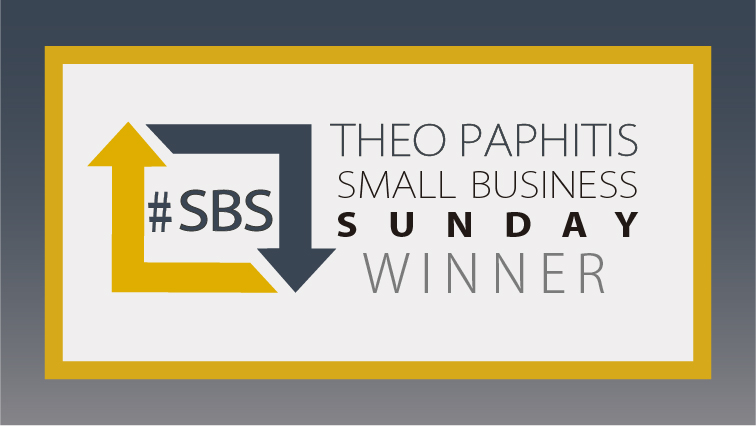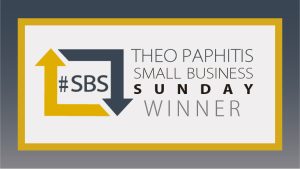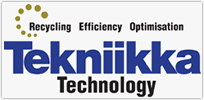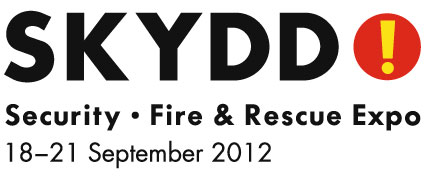Light – Part 1 – Units and definitions
This is the first instalment of a short three part series discussing Light.
In this first part we will briefly look at what we define light to be and go on to discuss some of the photometric units that are typically found in photometric measurements.
In the second part we go on to discuss Luminous Intensity and in particular how we go about measuring it in a meaningful way.
In the final part we round-up the series with a brief introduction to colour, its measurement and the typical colour definitions used in signalling.
Part 1 – Units and definitions
What is Light?
Light is a portion of the electromagnetic spectrum between X-rays and microwaves and has a wavelength within the range of 100-10,000 nanometres. Within this range lies a small subset that is visible to the human eye and we refer to this as Visible Light.
From Wikipedia: “Visible light (commonly referred to simply as light) is electromagnetic radiation that is visible to the human eye, and is responsible for the sense of sight. Visible light has a wavelength in the range of about 380 nanometres to about 740 nm – between the invisible infrared, with longer wavelengths and the invisible ultraviolet, with shorter wavelengths.”
Why can we only see part of the electromagnetic spectrum?
Perhaps a better question to ask is “why can’t I see all of the electromagnetic spectrum?” and the reason is quite simple. The eye acts like a band-pass filter – only allowing certain wavelengths to pass through – as its component parts selectively absorb particular wavelengths. This is similar to how, say, a red filter selectively absorbs all wavelengths other than those of red light and allows red to pass through.
Within the human eye:
- The cornea absorbs UVC and UVB radiation (less than 315nm) as well as the Far Infra-red ( greater than 1400nm)
- The lens absorbs the UVA radiation (between 315 & 380 nm)
- The balance (between 380 & 1400 nm) passes through to be absorbed by the retina.
Of the light that passes through, only radiation in the range 380 to 780nm is actually detected by the retina. This is what we perceive as visible light.
Photometric Units
The three photometric units we will be discussing are Luminous Flux, Luminous Intensity and Iluminance.
Luminous Flux
Luminous Flux is a measure of total photometric power, stated in lumens (lm) and is the equivalent to the Watt.
As the eye is more or less sensitive to certain visible wavelengths, we “correct” the measurement to match the response of the human eye in daylight conditions. By correcting for the response of the human eye, we have a measure that allows us to compare the relative Luminous Flux of light of different wavelengths – A red light measuring 500 lumens will appear as bright as a blue light measuring 500 lumens as long as both sources distribute the light in the same manner.
This then gives us a definition that:
1 Watt @ 555nm = 683.0 lumens
555nm was chosen for the definition as it is the wavelength at which the human eye is most sensitive in daylight conditions.
One of the problems that we have though is that the Watt is also used as a measure of electrical power. A typical GLS 60W lamp will consume 60W of electrical power but only give 740 lumens and not the 40,980 lumens (60 x 683) that you might expect from the above definition. The main reason for this is that the majority of the electrical energy is converted to heat that is invisible to the human eye.
For this reason, we are becoming increasingly interested in the efficacy of a light source and one of the measures that we use is a comparison of the light produced vs. the electrical energy consumed. This is denoted as:
lumens per Watt or lm/W
Typical approximate measures of efficacy for common light sources are as follows:
- Candle – 0.3 lm/W
- Incandescent Tungsten lamp (100W) – 14 lm/W
- Compact Fluorescent lamp (9W) – 46 lm/W
- Metal Halide lamp – 65-115 lm/W
- Low Pressure Sodium lamp – 100-200 lm/W
As Luminous Flux is a measure of the total light produced by a source, in all directions, it is typically measured using an Integrating Sphere that effectively collects all of the light and presents it for measurement at a single point. Because the directionality has been taken out of the measurement, we have no idea if the light produced is to be useful – i.e. directed towards where it is needed.
Luminous Intensity
If Luminous Flux was a measure of the total amount of light emitted in all directions, Luminous Intensity is a measure of the light emitted in a given, or defined, direction. It is stated in lumens per steradian (lm/sr) or candela (cd). The SI base unit for Luminous Intensity is the candela and by definition 1 cd = 1 lm/sr.
As Luminous Intensity takes direction into account, it is easy to see that two different light sources of 100 lumens Luminous Flux can give very different Luminous Intensity figures:
- 100 lm Omni-directional source = 7.96 cd (100 / 4PI*)
- 100 lm directional source (1 steradian cone of light) = 100 cd (100/1)
* There are 4 x PI steradians in a sphere. By definition the surface area of 1 steradian cone of light at 1m = 1m2.
Which is better? It depends on the application and where you want the light to go. It is for this reason that EN54-23 is quite specific on the light distribution characteristics of a Visual Warning Device (VAD) – there is no point in projecting the light in a tight pattern, and hence yield a good Luminous Intensity figure if the person to be warned is outside of this tight light pattern.
In part two of this series we will further develop the discussion of Luminous Intensity, particularly in its application to Visual Warning Devices and other warning signals.
Illuminance
Luminous Flux and Luminous Intensity were concerned with the light emitted from a source. Illuminance turns this around and is concerned with the light received at a surface. It is stated in lumens / meter squared (lm/m2) or lux (lx). 1 lm/m2 = 1 lx.
There are two aspects to Illuminance:
- Distance between the source and the plane onto which the light is projected
- Angle of the plane on to which the light is projected in relation to the direction from which the light is travelling.
Distance. The relationship between Illuminance and distance follows the inverse square law. For each doubling of distance, the measured lux is reduced by a quarter:
16lx @ 1m – 4lx @ 2m – 1lx @ 4m
This is useful to know because if we can measure the Illuminance, using a lux meter, and the distance between the lux meter and light source in meters, we can calculate the Luminous Intensity in candela:
Luminous Intensity = Illuminance/Distance Squared
Angle
The Illuminance from the light source decreases as the angle between the plane and the light source increases. If we say that when the plane is perpendicular to the light source that the angle is zero, then the Illuminance is said to follow Lamberts cosine rule:
Illuminance at angle A = Illuminance at zero x cos(A)
Summary
This is the first instalment of a three part series discussing various properties of light. We briefly looked at what visible light is and the definitions of three typical measurement that we would make. In part two, we’ll develop this further to discuss:
- Luminous Intensity and how it relates to visual warning signals
- The difference between Peak & Effective Luminous Intensity and why it matters
- How we go about measuring the Luminous Intensity of warning signals





